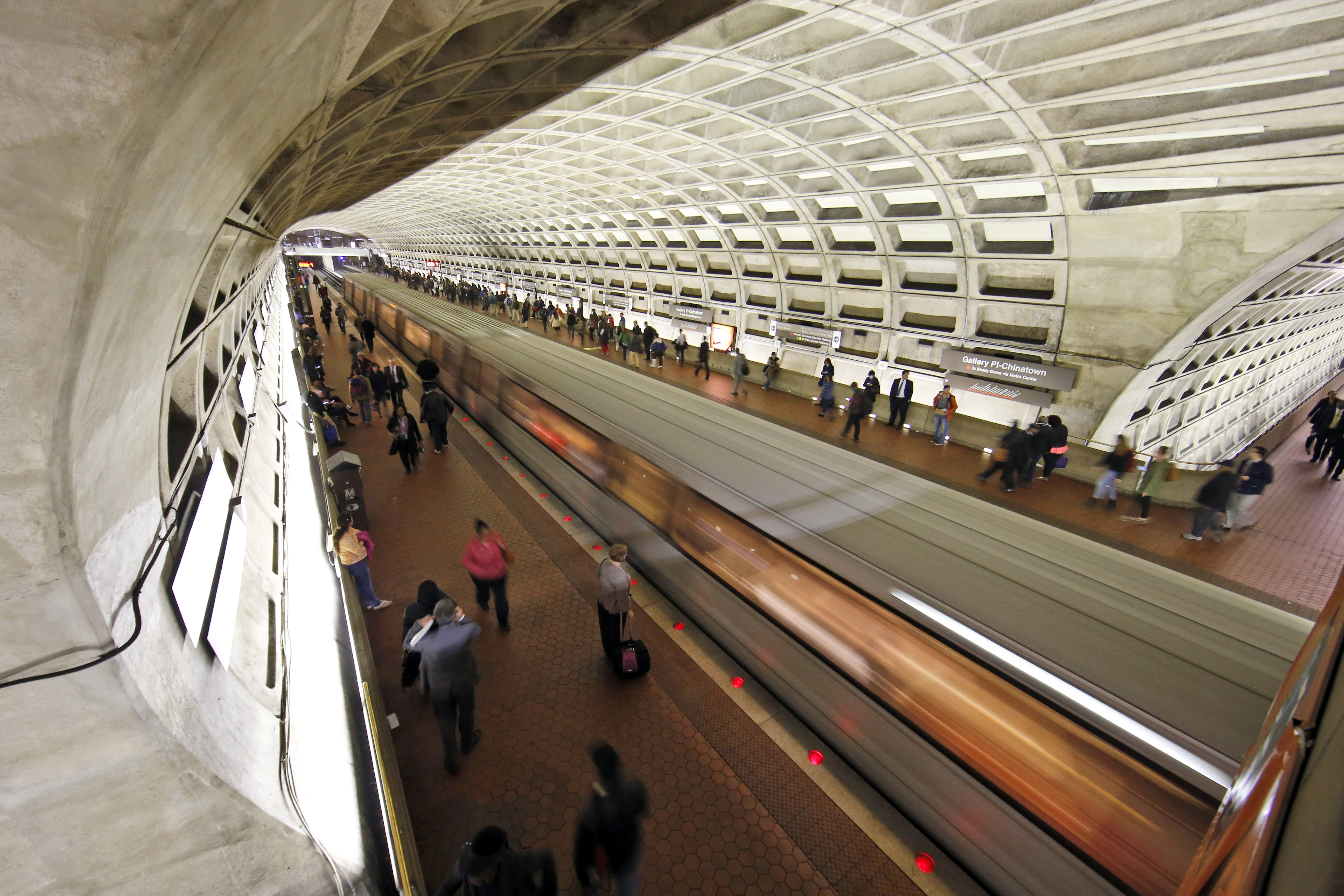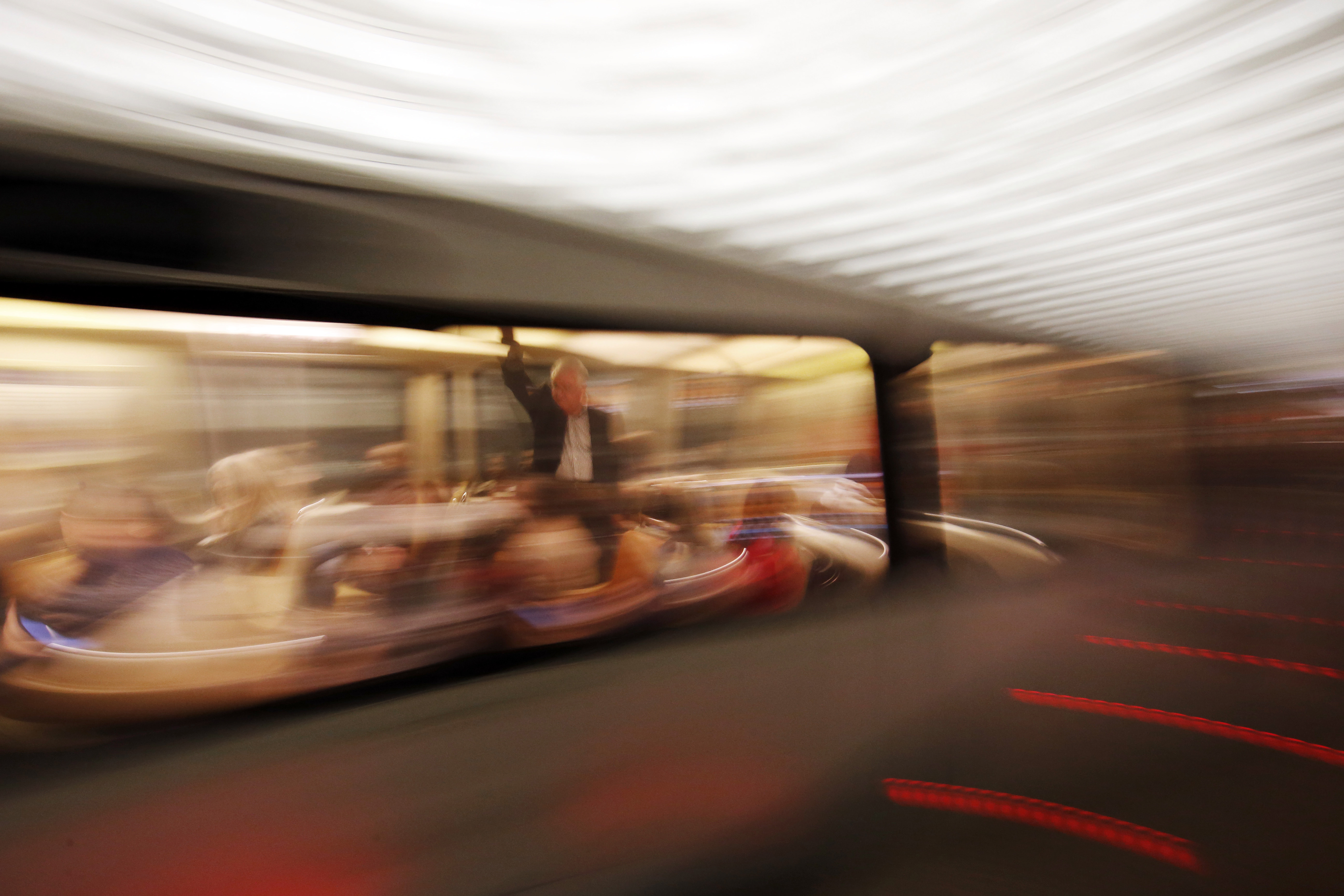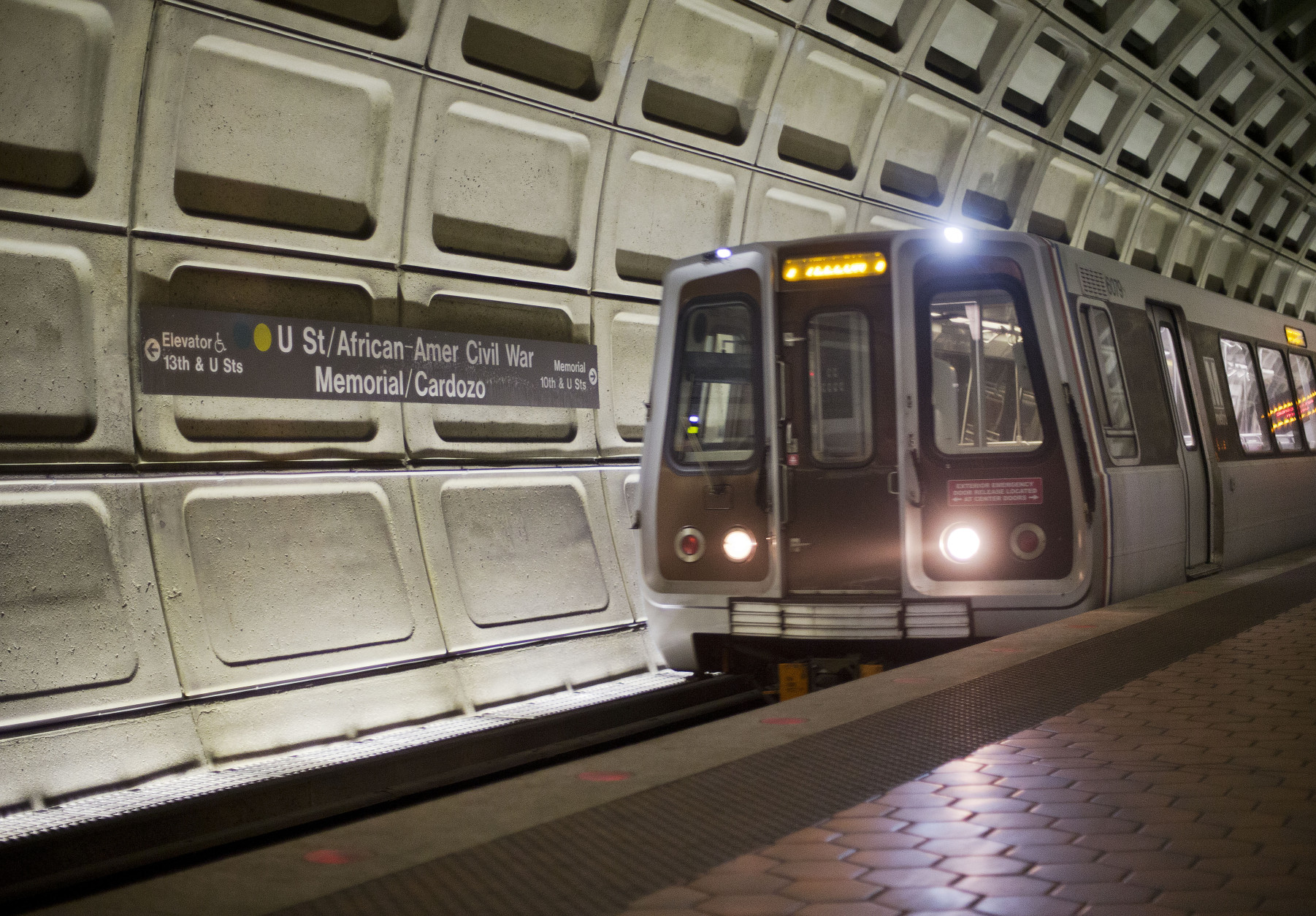WASHINGTON — As massive service cuts to Metro loom over the next year, D.C.’s Department of Transportation is considering temporary bike lanes and bus-only lanes, and is set to change traffic signal timing for drivers.
DDOT Deputy Director Greer Gillis says the department is working to make all Circulator buses available, and is considering adding extra Capital Bikeshare docks in areas that will see significant Metro service cuts.
“We’re actually looking at seeing how we can come up with temporary bus lanes, even temporary bicycle lanes, in some of the corridors we think will be impacted by the bus bridges … even for a much longer period of time, because we know the impact to the District will occur throughout the entire year,” Gillis said.
Although much of the work is focused outside D.C., there will be significantly fewer trains during most of the single-tracking and shutdowns, scheduled to last through March 2017.
“We have the ability to change our traffic signals on the fly and adjust them as necessary to ease the congestion, and we’re going to do that, especially on routes where we know the bus bridges will actually occur,” Gillis said.
Any new bus-only lanes or temporary bike lanes would likely require changes to parking restrictions during rush hour or around the clock. That could mean fewer spaces available on the street or, at least, changes to some parking routines, making the parking situation even more challenging if more people drive to work.
“We want to ask those people who feel forced to drive to reconsider their options,” she said.
Those options could include commuter buses or carpools.
Regional transit leaders across Maryland and Virginia are scrambling to come up with additional options for people who usually take Metro.
“If you do choose to get in your automobile, we’re going to do our best to make sure that we adjust traffic signal timings as best [as possible] entering into the District, and try to make it as easy as possible,” Gillis said.
Gillis said she expects DDOT will have more information in coming weeks. The first round of track work begins June 4 — in less than two weeks.
“There are going to be some delays,” she said. “It’s not going to be a perfect situation here, but at least we’re going to do our best to try to ease the congestion as much as possible.”








